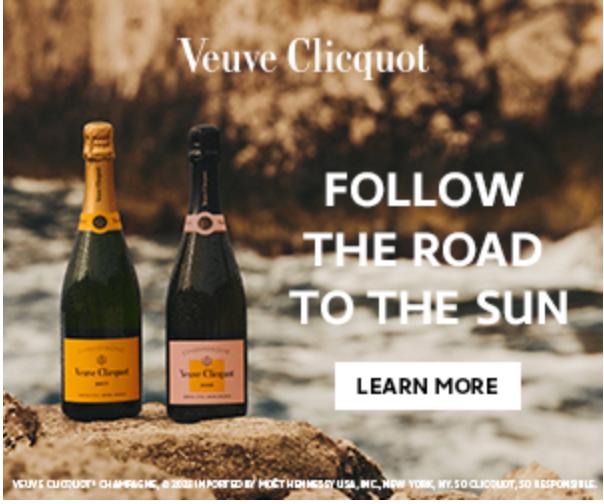The New York Comedy Festival returns to #MakeNYLaugh on Nov 7 – 13
Featuring:
Jo Koy, John Mulaney, Bassem Yousef, JB Smoove, Tracy Morgan, Wanda Sykes, Bill Maher and more!
Created in 2004, the New York Comedy Festival is a seven-day festival featuring more than 200 comedians performing in more than 100 shows at venues throughout all five boroughs of New York City.
The festival is produced by Carolines on Broadway.

WHEN IS THE FESTIVAL?
The Festival runs from Monday, November 7 – Sunday, November 13.
WHERE DOES THE NEW YORK COMEDY FESTIVAL TAKE PLACE?
The New York Comedy Festival takes place at venues including the Beacon Theatre, BMCC Tribeca Performing Arts Center, Carolines on Broadway, Hulu Theater at MSG, Madison Square Garden and Town Hall throughout the five boroughs of New York City and at the UBS Arena at Belmont Park in Elmont, New York.

WHEN IS THE SCHEDULE OF EVENTS ANNOUNCED?
Beginning Monday, August 15, shows taking place in the festival will be announced. Additional shows will be announced in the fall, so check the festival website and follow us on Facebook, Instagram and Twitter for schedule updates.

WHEN DO TICKETS GO ON SALE?
There will be a pre-sale for Citi Card Members that will run from Monday, August 15 at 10:00 AM ET – Friday, August 19 at 10:00 AM ET.
Click here for more information on the Citi Pre-Sale.

Tickets will go on sale to the general public on Friday, August 19 at 12:00 NOON ET.





